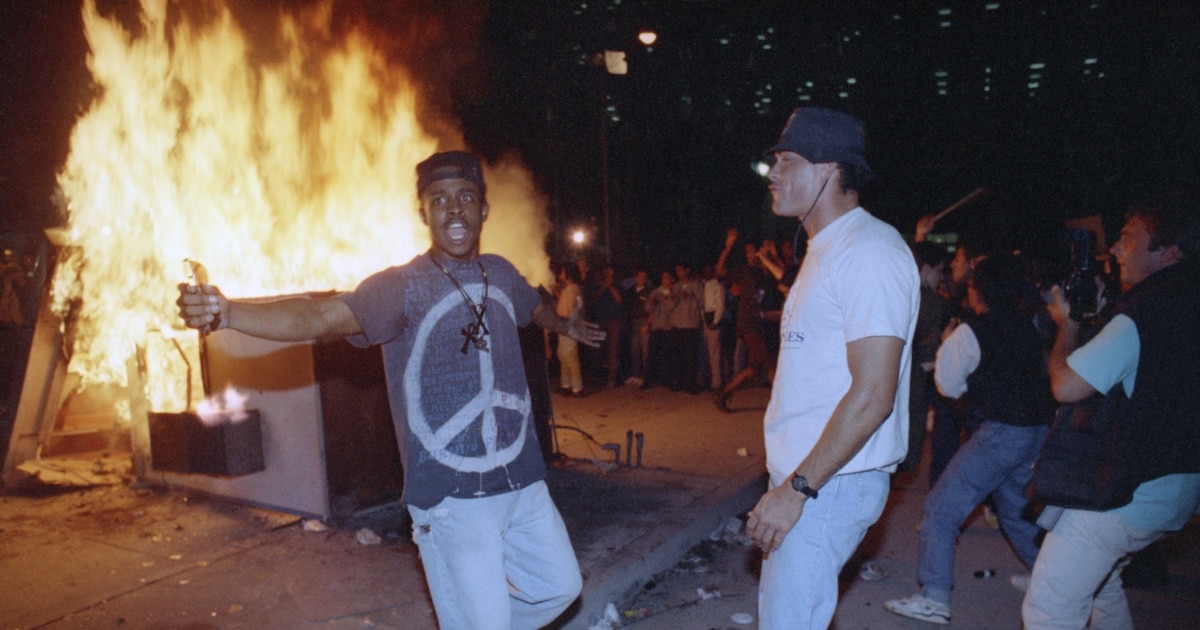If so we are also going to have to relabel one or several doz. historical conflicts we tend to forget about.
Whiskey Rebellion, (1794), in American history, uprising that afforded the new U.S. government its first opportunity to establish federal authority by military means within state boundaries, as officials moved into western
Pennsylvania to quell an uprising of settlers rebelling against the liquor
tax.
Alexander Hamilton, secretary of the treasury, had proposed the excise (enacted by Congress in 1791, the first national internal revenue tax) to raise money for the national debt and to assert the power of the national government. Small farmers of the backcountry distilled (and consumed)
whiskey, which was easier to transport and sell than the grain that was its source. It was an informal currency, a means of livelihood, and an enlivener of a harsh existence. The distillers resisted the tax by attacking (often tarring and feathering) federal revenue officers who attempted to collect it.
Utah War AKA Mormon rebellion
In 1857–58,
President James Buchanan sent U.S. forces to the
Utah Territory in what became known as the Utah Expedition. The Mormons, fearful that the large U.S. military force had been sent to annihilate them and having faced
persecution in other areas,
[7] made preparations for defense. Though bloodshed was to be avoided, and the U.S. government also hoped that its purpose might be attained without the loss of life, both sides prepared for war. The Mormons manufactured or repaired firearms, turned
scythes into bayonets, and burnished and sharpened long-unused
sabres.
The confrontation between the Mormon militia, called the
Nauvoo Legion, and the U.S. Army involved some destruction of property and a few brief skirmishes in what is today southwestern
Wyoming, but no battles occurred between the contending military forces.
At the height of the tensions, on September 11, 1857, between 95 and 120 California-bound settlers from
Arkansas,
Missouri and other states, including unarmed men, women and children, were killed in remote southwestern Utah by a group of local Mormon militia.
[10] They first claimed that the migrants were killed by
Indians but it was proven otherwise. This event was later called the
Mountain Meadows Massacre and the motives behind the incident remain unclear.
[11]
The Aiken massacre took place the following month. In October 1857, Mormons arrested six Californians traveling through Utah and charged them with being spies for the U.S. Army. They were released but were later murdered and robbed of their stock and $25,000.
[12][13]
Pontiac's War, also known as
Pontiac's Conspiracy or
Pontiac's Rebellion, was launched in 1763 by a loose confederation of American Indian tribes, primarily from the
Great Lakes region, the
Illinois Country, and
Ohio Country who were dissatisfied with British policies in the Great Lakes region following the
French and Indian War (1754–1763). Warriors from numerous tribes joined the uprising in an effort to drive British soldiers and settlers out of the region. The war is named after
Odawa leader
Pontiac, the most prominent of many Indian leaders in the conflict.
The war began in May 1763 when Native Americans were offended by the policies of British General
Jeffery Amherst and attacked a number of British forts and settlements. Eight forts were destroyed and hundreds of colonists were killed or captured, with many more fleeing the region. Hostilities came to an end after British Army expeditions in 1764 led to peace negotiations over the next two years. The Native Americans were unable to drive away the British, but the uprising prompted the British government to modify the policies that had provoked the conflict.
TO BE CONTINUED-

